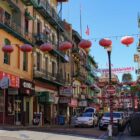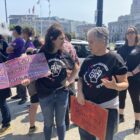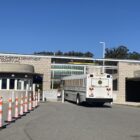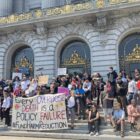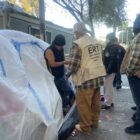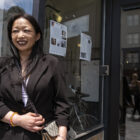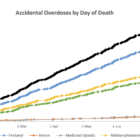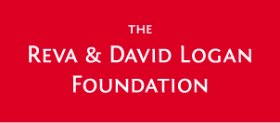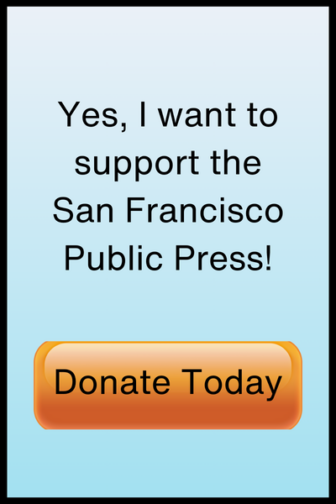Aging
For Chinatown’s Older Residents in SROs, Climate Disasters Pose Greater Risks
Chinatown faces higher threats during periods of extreme weather due to a range of socio-economic factors as well as the built environment. Within the neighborhood, older adults living in single-room occupancy buildings are among the populations at heightened risk. Reasons for this include physiological changes related to aging and financial barriers associated with making climate-resiliency adaptations to older buildings.
